When you’re shopping around, understanding retail cell phone prices is key to making a smart decision. In this article we’ll dive into current price trends, what drives those prices, how they differ by region (including Nigeria), how to spot a good deal, and what to expect going forward. By the end you’ll have a clear picture of what’s “reasonable” when you see a price tag and how to avoid being over-charged.
Introduction to Retail Cell Phone Prices
In today’s mobile-first world, the retail cell phone prices vary widely from budget models under US $200 (or equivalent) to premium devices well over US $1,000. Understanding what factors influence these retail prices, and how they apply in your market (for example, here in Nigeria) is essential to get good value. We’ll explore major global markets and then zoom into local considerations.
Global Market Snapshot of Retail Cell Phone Prices
Premium Tier Smartphones
In major U.S. and global markets, top-tier smartphones are commanding high retail cell phone prices.
- For example, at one large U.S. retailer you can find an unlocked device (such as a flagship model) listed at US $1,049.99 (down from US $1,299.99) in the “unlocked cell phones” section.
- Major carriers list premium phones with price tags of US $1,099.99 or more as standard retail price.
These high retail cell phone prices reflect the latest innovations: foldable displays, multiple high-resolution cameras, premium materials, large memory/storage, and strong ecosystem tie-ins.
Mid-Tier and Budget Models
It’s not just the premium range: “mid-tier” smartphones (say US $300-600) and budget models (US $100-300) also form a large part of the retail cell phone prices spectrum. Retailers like Samsung, Google and others often release models in this space to capture volume.
While exact global averages are hard to pin down, you’ll often see mid-range models priced around US $450-550 in U.S. markets. (For example: Galaxy A54 dropped to ~US $349 in a recent U.S. deal)
H3: Regional Variations and Local Mark-ups
Retail cell phone prices vary greatly depending on region due to taxes, import duties, currency exchange rates, retailer mark-ups, and availability.
- A device may retail for US $1,200 in the U.S. but cost significantly more (in local-currency equivalent) in places with heavy import duties.
- Conversely, local promotions may cut retail prices via trade-ins, carrier subsidies, or discounts.
For example, deals in the U.S. show phones reduced with trade-ins and new-line activations, bringing what was once a high retail cell phone price down to a more accessible level.
Factors That Drive Retail Cell Phone Prices
Understanding the components behind a price tag helps you evaluate if a given retail cell phone price is fair.
Hardware Components & Innovation
- Premium materials (glass, metal, ceramic) cost more.
- Advanced display technologies (e.g., foldable, high refresh rate).
- High-end camera systems (multiple lenses, large sensors, AI processing).
- Internal storage and RAM: more GB = higher cost.
- Battery size and fast-charging/ wireless-charging features.
Because these drive costs up, retail cell phone prices for devices with flagship specs are much higher.
Brand & Ecosystem Value
Brands like Apple and Samsung charge premium retail cell phone prices because of brand value, ecosystem (apps, accessories, resale value) and customer loyalty. Retailers and carriers often use brand as justification for higher price points.
Distribution, Import Duties & Taxes
In many countries (especially outside the U.S./Europe), import duties, VAT/GST, shipping/logistics, retailer service support and the local currency exchange rate significantly add to the retail cell phone prices.
If you’re buying in Nigeria (or any market with import burdens), expect mark-ups beyond the “global” base price.
Promotions, Trade-Ins & Carrier Subsidies
Retail cell phone prices are often nominally high, but actual cost to customer may be lower via trade-in credits or carrier plan requirements. For example: some carriers may list a phone at US $1,099 but offer large credits if you trade in an older model or sign up for a new line.
Supply & Demand / Seasonal Effects
Demand for new launches (e.g., when a new iPhone or Galaxy model hits) keeps retail cell phone prices high until supply stabilises. Conversely, last-year’s model may drop significantly in price. Seasonal sales (holiday, back-to-school) also impact pricing.
What Should You Expect for Retail Cell Phone Prices in Nigeria?
Since you’re located in Ibadan, Oyo State, Nigeria, it’s particularly relevant to connect these global price ranges to local realities.
Exchange Rate + Import Cost
If a device retails for US $1,000 in the U.S., convert to naira at prevailing exchange rates, and then factor in import duties, shipping, local retailer mark-ups, warranty service cost, etc. The final retail cell phone price in Nigeria could be significantly higher in naira than the converted amount.
Local Pricing Variations
Retailers in Nigeria often set retail cell phone prices higher due to fewer subsidies, limited volume, and to cover risks (currency fluctuations, warranty cost).
It’s worth comparing multiple local stores and also checking if the device is “official import” (with full warranty) vs. grey-imported. The latter may be cheaper, but riskier.
Deals & Discounts
Just because the “list” retail cell phone price is high doesn’t mean you’re locked into it. Watch for:
- Pre-order deals when a new model arrives.
- Trade-in offers or exchange programmes.
- Seller discounts (especially around major sales, or when new models are launched).
- Import from abroad (with warranty/after-sales risk) if you’re comfortable with that.
Realistic Expectations
To give you a ball-park: if a premium global device is US $1,099 (≈ N X depending on rate), expect the local retail cell phone price to perhaps be 20-40% higher (or more) depending on import burden. For mid-range models (~US $400) you might see something like that plus local mark-up. The key is knowing what the device’s “global price” is to assess if the local retail cell phone price is fair or inflated.
How to Assess Whether a Retail Cell Phone Price is Fair
Here are practical steps you can use when you see a retail cell phone price and want to check if it’s reasonable.
Know the Global Base Price
Find the “official” price in a major market (e.g., U.S.) for the specific model (storage variant, colour, unlocked vs carrier-locked). That gives you a baseline.
Convert Exchange Rates and Add Local Surcharges
Convert the global price into Nigerian naira (or your local currency). Then add realistic import/tax/retail-mark-up expectations to estimate what a fair local retail cell phone price should be.
Compare Across Retailers
Check several local retailers (physical stores and online) to see variation in the retail cell phone price. If one retailer is much higher, either there’s a justified reason (extra warranty, bundle, official vs grey) or you’re being over-charged.
Also compare with online global retailers who may ship to Nigeria (include shipping + duties) to get an alternative price benchmark.
Consider the Timing
If the model just launched, higher retail cell phone prices are expected. Wait 1–3 months and you may see a drop.
If you’re buying a model from a year ago, the retail cell phone price should have dropped somewhat — if not, you might not be getting a “good deal.”
Factor in After-Sales Service & Warranty
A slightly higher retail cell phone price might be justified if the retailer offers local warranty, service centre, quick replacement etc. If the device is imported with no local support, you might want a lower price.
Recent Trends in Retail Cell Phone Prices (2025)
Premium Devices Still Stay Expensive
For new releases in 2025, retail cell phone prices remain high. For instance, carrier websites show flagship phones at over US $1,000.
The reason: new technologies (e.g., foldables, large AI-enabled cameras) justify higher cost.
Discounts & Deals Bring Prices Down
However, deals are appearing that reduce retail cell phone prices. For example: top models have manufactured “list” prices but retailers or carriers offer significant discounts via trade in or promotions.
This means you don’t always have to pay the full “retail” price if you shop smart.
Unlocked vs Carrier-Locked Pricing
Unlocked phones (not tied to a carrier contract) often carry a premium retail cell phone price but they offer flexibility (use with any carrier). For example, BestBuy’s unlocked section shows pricing and financing options.
In contrast, phones tied to carriers may appear cheaper upfront but may require commitments and have hidden costs.
Impact of Inflation & Currency Fluctuations
Global inflation, supply-chain issues, and currency shifts can cause retail cell phone prices to climb in non-USD markets. For example, a device priced in USD may cost more in naira if the naira weakens. Thus, retail cell phone prices for Nigerian buyers may rise even if global price remains constant.
What Types of Retail Cell Phone Prices You Should Target
Here’s a practical breakdown of what “good” retail cell phone prices look like (global price equivalents) and how to map them locally:
Budget Tier (≈ US $150-300)
If the global retail cell phone price for budget phones is US $150-300, in Nigeria you might expect something like N X to N Y (depending on exchange + import duty). At this tier you accept fewer premium features but good value.
Mid-Tier (≈ US $300-600)
Global retail cell phone price in this bracket means better camera, some premium materials, decent storage. For Nigeria: look for price reasonable relative to that global baseline.
Premium Tier (≈ US $800-1,500+)
The top devices fall here. If you see a local retail cell phone price massively above what global market shows (after conversion), you may want to wait or negotiate.
Deal/Promotion Tier
If you catch a promotion, trade-in or bundle, then even premium devices may drop to lower effective retail cell phone prices. Keep an eye out for such deals.
Tips for Buying at the Best Price
Shop the Launch Window and Post-Launch Drop
Buy shortly after launch if you must have the latest model — but know you pay premium. If you can wait 2–3 months, you may see retail cell phone prices decrease.
Watch for Trade-Ins & Bundles
If your old phone still works, find offers that reduce the retail cell phone price for you via trade-in. Carriers or retailers often bundle accessories.
Consider Unlocked vs Carrier-Locked
If you want flexibility (switch carriers, travel, resale), aim for unlocked phones even if retail cell phone prices are slightly higher you may save in the long term.
Compare Local vs Import
Sometimes importing (with shipping/duty) can get you a lower effective retail cell phone price — but weigh warranty/service risks. Local official import may cost more but provide peace of mind.
Be Aware of Grey-Market Imports
Lower retail cell phone price may be tempting but if the device is grey-imported (no local warranty, unknown service record), you may pay more in trouble later.
Know When to Pull the Trigger
If you see a retail cell phone price that matches or beats converted “global base + local duty” estimation, that’s often a good time to buy. If the price is significantly higher, wait or negotiate.
Summary of Key Points
- Retail cell phone prices worldwide span from budget (US $150-300) to premium (US $1,000+).
- Prices in Nigeria/other markets often include additional costs: import duties, taxes, currency effects, retailer mark-ups.
- Knowing the global base price, converting and adding expected local costs helps you evaluate fairness.
- Timing, trade-ins, unlocked vs carrier-locked, local warranty/service all impact how much you should pay.
- Smart buying means looking for deals, knowing market norms, and not rushing into the highest retail cell phone price just because it’s new.
What’s new
-
According to market-insight firm NielsenIQ, the global smartphone market in 2025 is showing a mix of trends: slow growth in volumes but higher average prices (premium models) and strong growth in mid-range models.
-
A report by IDC indicates that while the global smartphone shipments rose only ~1 % in Q2 2025, prices are being maintained or raised in some markets via higher spec devices rather than relying purely on volume.
-
On the pricing front, there are warnings that tariffs and trade-barriers could sharply boost consumer smartphone prices. For example, the Consumer Technology Association (CTA) projected that smartphone prices could increase by ~30 % if certain new tariffs are imposed.
-
Deals are increasingly prominent: major U.S. retailers and carriers are offering steep discounts on unlocked phones, trade-in deals, and bundles. For example, many flagship phones are currently being discounted in October 2025.
What this means for “retail cell phone prices”
-
Even though the average volume of devices sold isn’t skyrocketing, manufacturers/retailers are pushing for higher-spec devices (which cost more) which keeps retail prices higher even if fewer units are sold.
-
If trade policy (tariffs, import duties) intensifies, consumers could face real increases in prices, especially in markets with high import dependence.
-
For regions like Nigeria, where import duty/foreign exchange already play a big role in cost, these global headwinds (tariffs + currency) may push local retail cell phone prices up more than in countries with domestic production.
-
But, at the same time, promotional deals (trade-in offers, carrier subsidies) are a strong counter-force: so while list-prices may be high, effective prices (what you actually pay) may be lower when deals are applied.
Implications for you in Nigeria
-
When you see a “retail cell phone price” locally, check if the model is a high-spec premium device. If it is, you should expect a premium price justification (better camera, foldable screen, AI features) because that is a trend.
-
Be aware that import duties/currency weakening + potential global manufacturing cost pressures may mean less “cheap imports” margin so the local mark-up might increase.
-
Watch for deals: even with higher base prices, local stores or importers might run promotions/trade-ins to offset cost.
-
If you’re on the fence about buying, the fact that unit volumes are stagnating may mean that models could get discounted after the hype phase waiting might give you a better price.
Conclusion
Understanding retail cell phone prices empowers you to make better decisions when buying a smartphone. Whether you’re looking at a budget model or a flagship device, knowing what influences price, what is reasonable in your local market (like Nigeria), and how to spot a deal will save you money and frustration. The key: compare global pricing, convert and adjust for local costs, watch for discounts and timing, and don’t hesitate to wait for a better retail cell phone price if you’re not in a rush. With this knowledge you’ll be in a strong position to buy smart and get real value.
Also Read: Lowest Price Cell Phone Plans: How to Find the Best Deal Without Sacrificing
FAQs
Q1: How often do retail cell phone prices drop after launch?
A1: It varies by model and region, but generally you may see meaningful drops 1–3 months after launch (as inventory increases and hype tapers). Premium models may hold value longer.
Q2: Are unlocked phones always more expensive in retail cell phone price?
A2: Often yes: unlocked models (not tied to a carrier) carry higher upfront retail cell phone prices because the retailer/carrier isn’t subsidising them. But they can be better value long term if you switch carriers or resell the device.
Q3: How can I check if a local retail cell phone price in Nigeria is fair?
A3: Start with the model’s global price (e.g., U.S. retail). Convert it into naira at current exchange rate. Add estimated import duty/taxes + typical local mark-up. If the local price is significantly higher than that sum, you may be overpaying. Compare across stores and negotiate if possible.

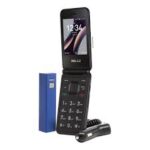



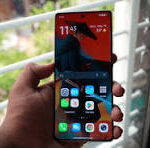
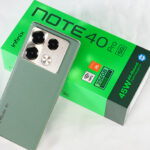
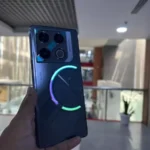
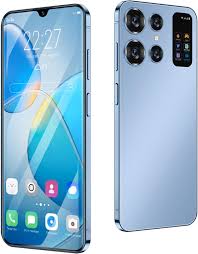
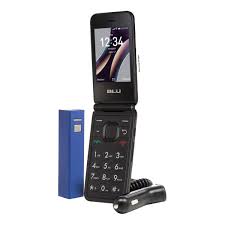
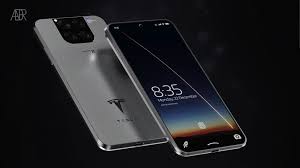
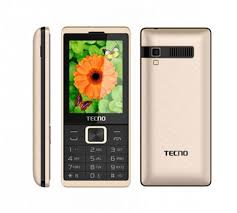
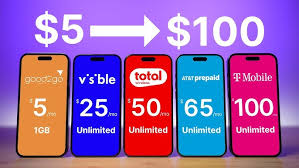
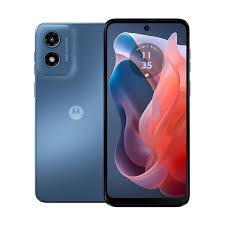
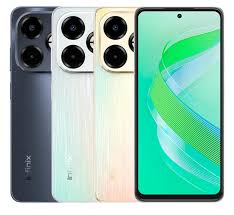
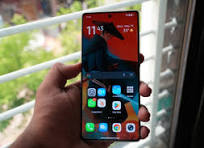
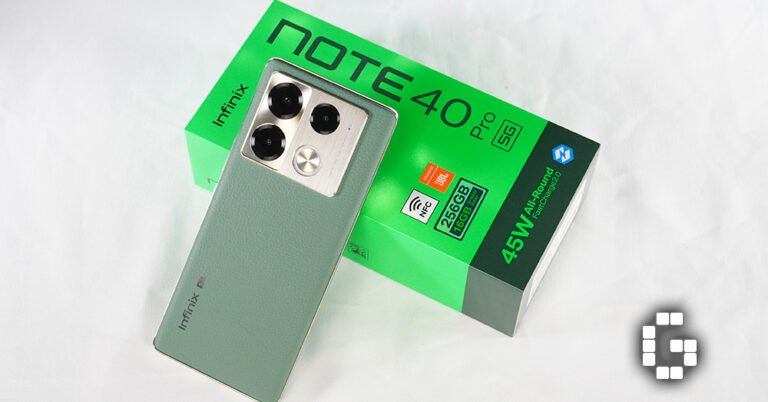
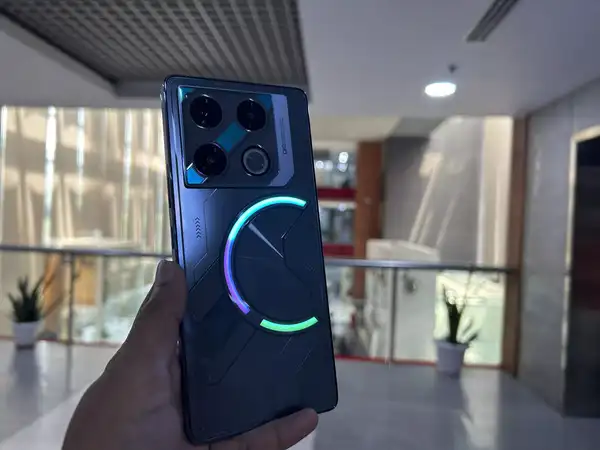
+ There are no comments
Add yours